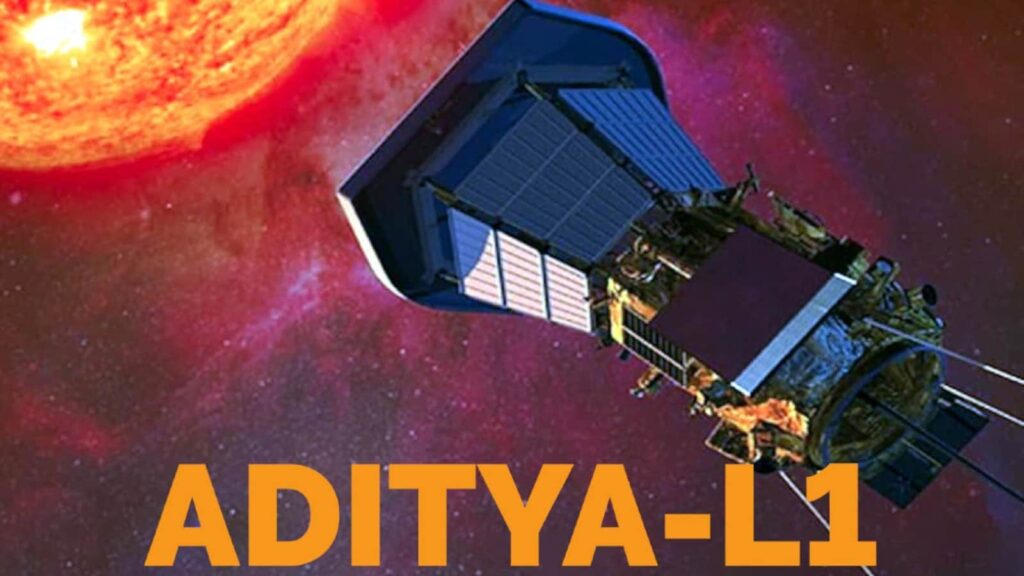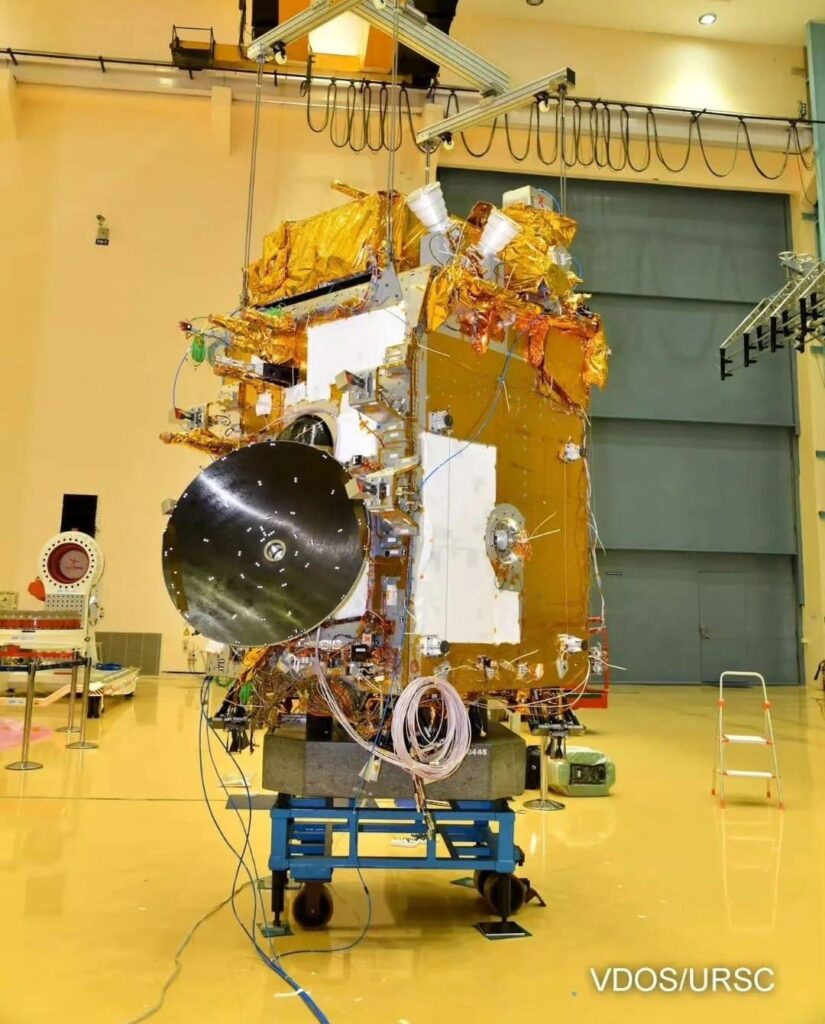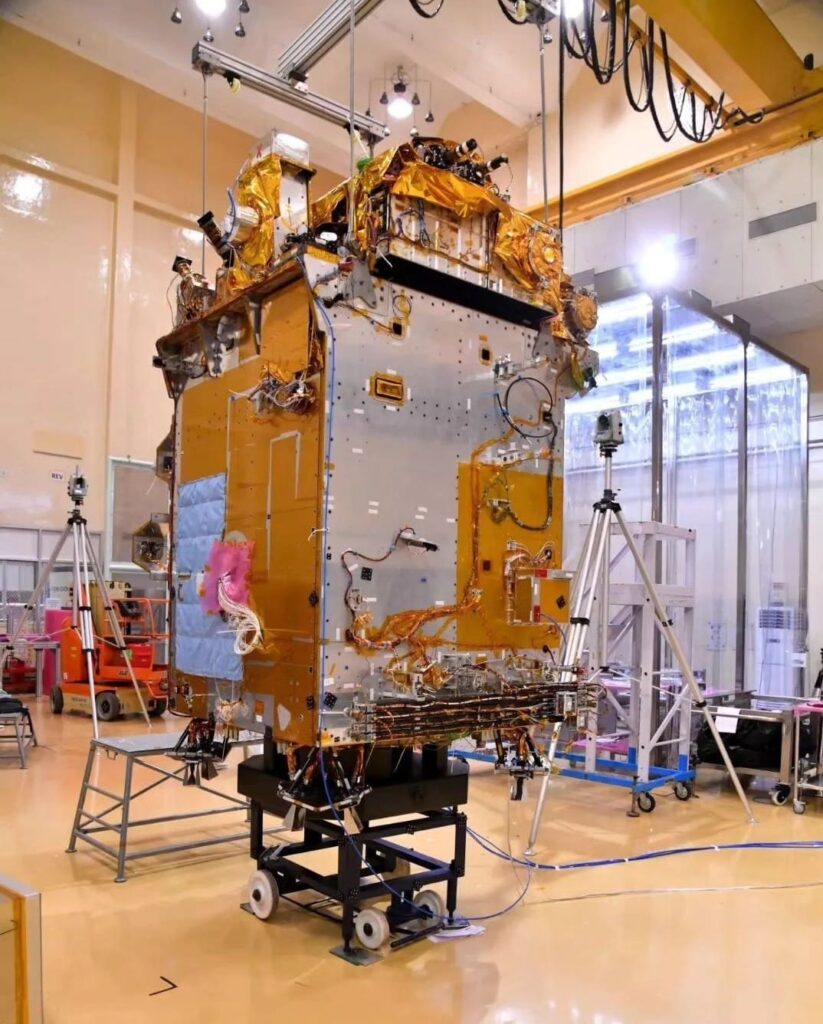Investigating the Sun’s Privileged insights from Space
In a placing step in the direction of understanding our closest star, India is about to ship off the Aditya L-1 shuttle. This spearheading mission denotes India’s preliminary introduction to space-based sun oriented notion. After the victorious Chandrayaan-3 lunar mission, ISRO, the Indian Space Exploration Association, has reported that the Aditya-L1 daylight primarily based mission is deliberate for takeoff on September 2 at 11.50 am from the Sriharikota spaceport.
A More intensive Glance at Aditya-L1
The Aditya-L1 space equipment is shrewdly created to provide distant assessments of the sun oriented crown. Strikingly, it’s going to likewise act in-situ perceptions of the sun powered breeze at L1 — Lagrangian level 1 — located round 1.5 million kilometers from Earth. ISRO has enunciated that the Visible Emission Line Coronagraph (VELC) put in Aditya-L1 is on a journey to grasp the puzzle of the crown’s temperature, which outperforms 1,000,000 degrees Celsius, whereas the Sun’s surface remaining components merely over 6000 degrees Celsius.

Sun primarily based Looking: What Aditya-L1 Intends to Accomplish
Aditya-L1 is able to supply a radical investigation of the sun powered peculiarities. The space equipment’ Bright (UV) payload will empower crown and chromosphere perceptions, whereas its X-beam payloads will tenaciously focus on sun powered flares. Also, molecule indicators and magnetometer payloads will reveal the complexities of charged particles and the enticing subject encompassing the corona circle round L1. With its journey starting from the U R Rao Satellite Center, the satellite as of late arrived on the Sriharikota spaceport, denoting its entrance into the Andhra Pradesh space.
Embracing the Corona Circle
The mission’s important situating in a corona circle across the L1 level between the Sun and Earth reveals the grandiose advantages it provides. These Lagrange Focuses, the place gravitational powers talk, give auspicious zones of gravitational fascination and repugnance. Basically, rocket can saddle these conditions to streamline on fuel, which is significant for maintaining with actual positions. By being positioned within the radiance circle at L1, Aditya-L1 savors steady sun powered perceivability, disadvantaged of planetary blocks or shrouds. This wanted perspective works with fixed checking of sun powered workouts and their interplay with space climate.
Also Read: Glitch in the James Webb Space Telescope instrument!!
Disclosing Sun powered Elements: The Payload Viewpoint
Aditya-L1’s instrumental troupe is custom-made to disentangle the Sun’s secrets and techniques. Four payloads will give direct views on the Sun from the vantage level at L1, whereas the surplus triplet will set out on in-situ investigations of particles and fields at the same crossroads. This difficult trade of logical devices ensures vital experiences into the elements of sun powered peculiarities contained in the interplanetary medium.

Spearheading Science Targets
The Aditya-L1 mission spins round explaining assorted options of the sun primarily based area. Among its center targets are diving into the weather of the sun oriented higher local weather, translating the system behind chromospheric and coronal warming, exploring to some extent ionized plasma bodily science, and disentangling the graduation of coronal mass launches and flares. The mission likewise intends to disclose perception into the association of cycles primary sun oriented eruptive events and the drivers of room climate.
Cooperative Endeavors: Building Aditya-L1
Aditya-L1 gladly stays as a picture of native growth and public joint effort. The Indian Institute of Astronomy (IIA), settled in Bengaluru, leads the Visible Emission Line Coronagraph (VELC) payload’s flip of occasions. In the imply time, the Between College Community for Cosmology and Astronomy in Pune assumes an important half in creating the Solar Ultraviolet Imaging Telescope (SUIT) payload.
Also Read: India’s Chandrayaan-3 Epic Lunar Stroll: Moon Rover Takes Historic First Steps Near South Pole
A PSLV-C57 Rocket Excursion
The earth shattering ship off of Aditya-L1 will be organized using the PSLV-C57 rocket, pushing this space-based Indian observatory towards its mission to unravel the Sun’s perplexing means of behaving. Set to spin across the L1 orbit, Aditya-L1 will convey seven payloads to take a look at the photosphere, chromosphere, and crown — the Sun’s furthest layers — in fluctuating wavebands.

Aditya-L1’s impending odyssey encapsulates India’s logical means and protracted curiosity. The rocket’s multi-layered payloads, fastidiously supposed to analyze the Sun’s bunch options, maintain the commitment of extraordinary experiences into sun powered parts and space local weather. Through cooperative endeavors and state-of-the-art innovation, India walks with certainty towards divulging the Sun’s very a lot watched privileged insights, including to the area of room investigation.







